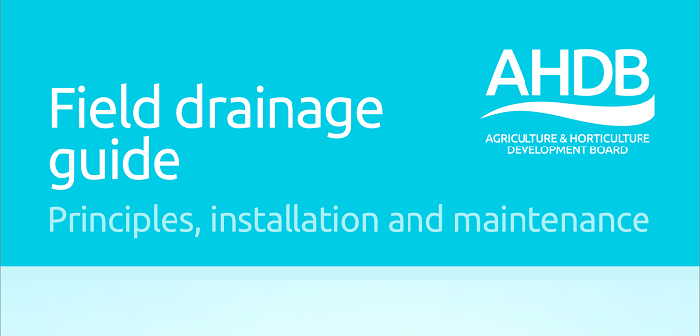All landowners should take drainage seriously and invest in their land, despite the lack of available grant aid, says the co-author of a new “field drainage guide’ issued by AHDB.
ADAS senior soil and water engineer, Kirk Hill, writing in the 24-page guide, urged farmers to view an investment in drainage repair and maintenance as a piece of “good business sense”, adding that the pay-back period could be rapid in many cases.
AHDB said it hoped the guide will play an important role in “stemming the decline” in UK drainage investments, pointing out that since grant aid and free advice dried up in the 1980s, the rate of installation of new drains has declined.
Mr Hill added, however, that improving drainage in some cases might require a relatively small investment.
“If ditches become infilled and outfalls are not kept clear, the field drainage system will cease to function effectively,” he said. “This can result in yield-robbing waterlogging beneath the surface and is not merely a problem when there are visible wet patches in the field.
“To control drainage, the first thing to do is rummage around the farm office for drainage plans or create a new plan showing pipes, outfalls and ditches. Once located, blocked outfalls can be cleared with a spade in a matter of minutes and blocked drains cleared using a rod or a jet to rejuvenate an entire field.”
For those contemplating more substantial work, the guide reveals that, based on 2015 prices, a completely new system typically costs around £2,500–£3,500 per hectare for drainage with permeable backfill and around £1,500–£2,500 per hectare for drainage without backfill.
There’s also a reminder that costs can vary greatly, however, and that anyone looking to invest in a new system should seek the opinions of experienced land drainage consultants and contractors.




